If you follow skin care trends, there is one product that has remained a constant for many years now, and those are retinols… or are they called retinoids? Or retinals?? Ahh- yes there is more to know about these age defying products than what meets the eye. All of these words, while sounding similar, are different. They are different in strength, composition, and efficacy. So today let’s talk about them!!
There are many different types of retinoids, which contributes to the confusion - these include retinyl esters, retinol, retinaldehyde, retinoic acid to name a few. The easy explanation of their differences are their different chemical compounds. These are all forms of Vitamin A that ultimately need to be converted into retinoic acid to help the skin. Prescription strength retinoids are mostly retinoic acid which contributes to high efficacy but also a lot of skin irritation. Retinyl esters, retinol and retinaldehyde are different forms of over-the-counter Vitamin A retinoids. These must undergo conversions in the skin to become retinoic acid and the more conversions they need to make, the less effective they are (see illustration below). Retinyl esters and retinols need to undergo multiple conversions, whereas retinaldehyde (retinal) only needs one.
So…what is a retinoid?
Retinoid is an umbrella term that includes all the forms of topical Vitamin A discussed above. To affect change in the skin, retinoids need to be converted to retinoic acid and this is where the different forms vary the most in efficacy. Forms that need to undergo multiple conversions like retinol and retinyl esters are the least efficacious because of their instability and lack of bioavailability. Ingredients need to be able to absorb into the skin which is bioavailability to deliver the results you want. Retinaldehyde and prescription strength retinoids are much more stable and more bioavailable. Retinoic acid has extreme efficacy and in 3 month trials has been shown to reduce the appearance of acne, pigmentation, fine lines and even wrinkles.
So, what is the difference between Retinal vs retinol?
The main difference is the speed in which results can be seen. Retinal has an increased absorption and exfoliation rate, which will result in a more even complexion, a definite selling point. It also has been clinically proven to work up to 11 times faster than retinol.
Retinal is the closest thing you can get to prescription-strength vitamin A. The one downside is that with its extreme efficacy, there is a possible chance of temporary skin flaking, redness and sensitivity as it helps transform the skin from unhealthy to healthy; however, compared to its cousin the prescription retinoid, it is much more tolerable.
Retinaldehyde
Here’s another one for you! Retinaldehyde, which is also known as retinal, is directly converted into retinoic acid by our skin. It converts to retinoic acid 11 times faster than retinol, and is said to be approximately 20 times more potent than retinol. Our Mikel Kristi Vital A Rejuvenating Serum uses this because it significantly enhances the stabilization of active ingredients to help effectively boost collagen and rejuvenate skin. That means you are using the most effective form of retinal, and that means you will see the most effective results! Our Vital A Serum is a patent-pending complex formulation with the most stable and potent levels of liposome encapsulated Retinaldehyde.
What skin conditions are retinoids best for?
Interestingly enough, the original intent of retinoids was actually to treat acne and was prescribed to many young people. It wasn't until the 1980s, when a study published the skin benefits, like softening fine lines and lightening hyperpigmentation, that retinoids began the rebranding process and began being marketed as an anti-aging tool.
For acne sufferers, when applied to the skin, retinoids can work to unclog pores making other creams work better as well. They also reduce acne outbreaks by preventing dead cells from clogging pores. By clearing acne and reducing outbreaks, they may also reduce the formation of acne scars.
But now we know the other HUGE power that retinoids hold by reducing fine lines and wrinkles with the increased production of collagen. They also stimulate the production of new blood vessels in the skin, which can help with skin texture, age spots and skin discolorations.
I mentioned our Vital A Rejuvenating Serum above, but here’s a little more on the two products that, when used together, are truly magical: our Mikel Kristi Bio Peptide Revitalizing Serum and our Vital A Rejuvenating Serum
Bio Peptide Revitalizing Serum - Also known as “Photoshop in a Bottle”, this eco-lux serum is an all-around miracle worker that your skin will love! Expertly crafted to address dull and lackluster skin, textural irregularities, blemishes, uneven skin tone, and fine lines, while providing a daily boost to your skin’s natural renewal process. This silky and luxurious serum is pure skin indulgence!
Vital A Rejuvenating Serum - This is a night time serum and is the perfect way to partner with the aging process. With a patented vitamin A Retinaldehyde complex that converts into retinoic acid, this synergistic blend of Vitamin A, Niacinamide, and an antioxidant charged skin lightening compound, will transform the look and feel of aging skin while enhancing the skin’s natural renewal process.
And right now, you can get the Touch-Up My Appearance set that includes these 2 powerhouse serums for 20%. Click here and enter enter promo code TOUCHUPMKS at checkout

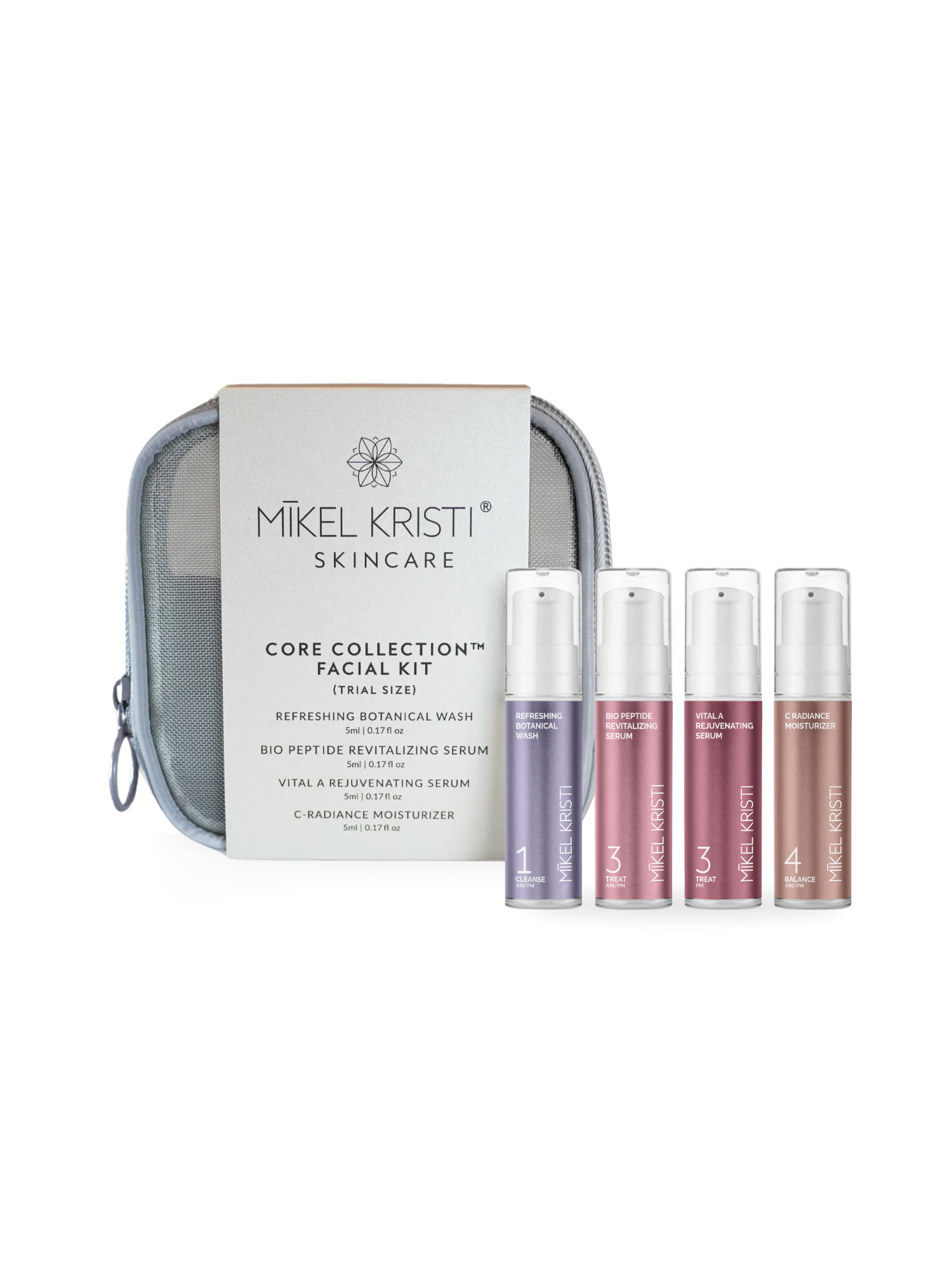
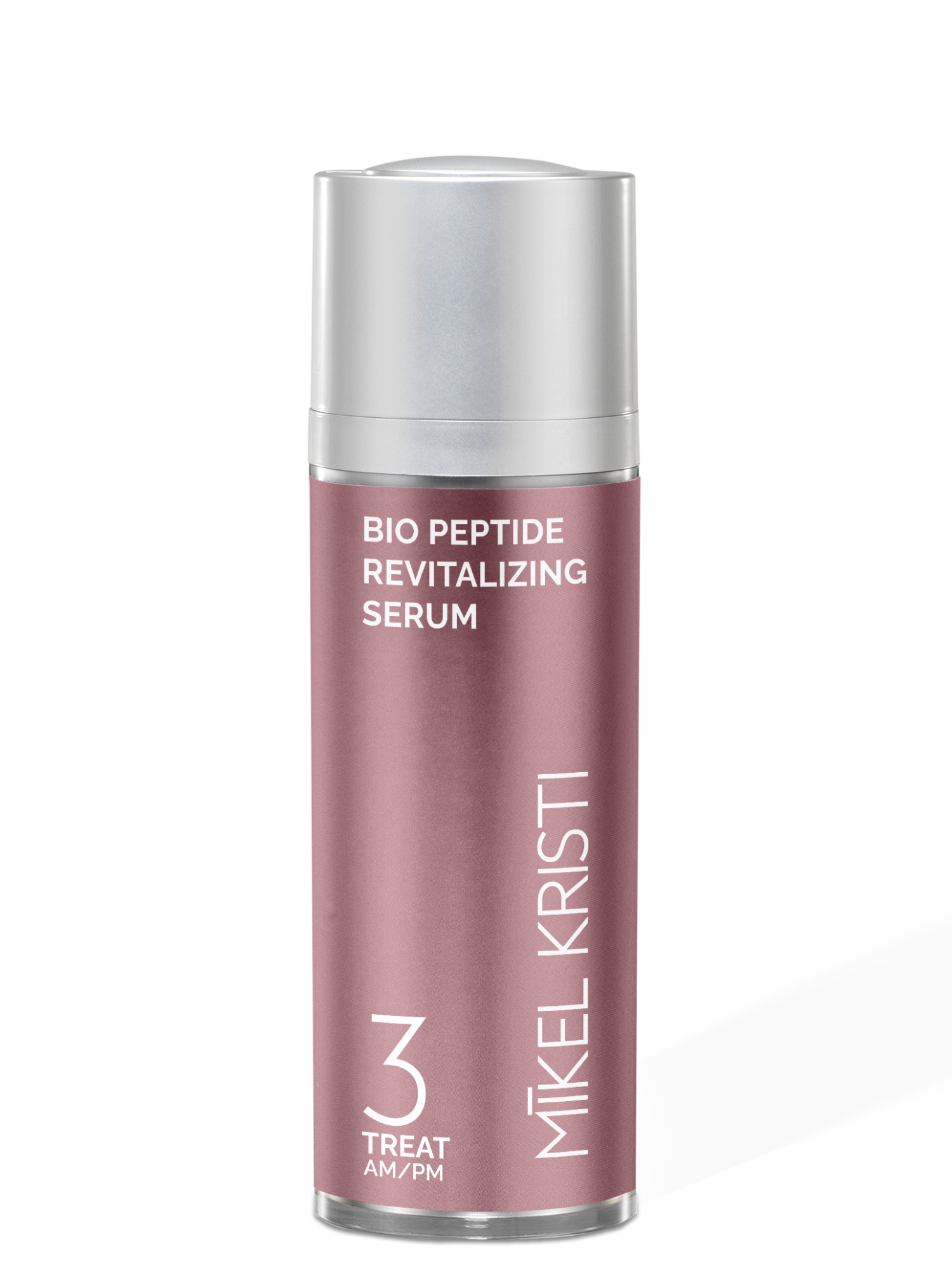
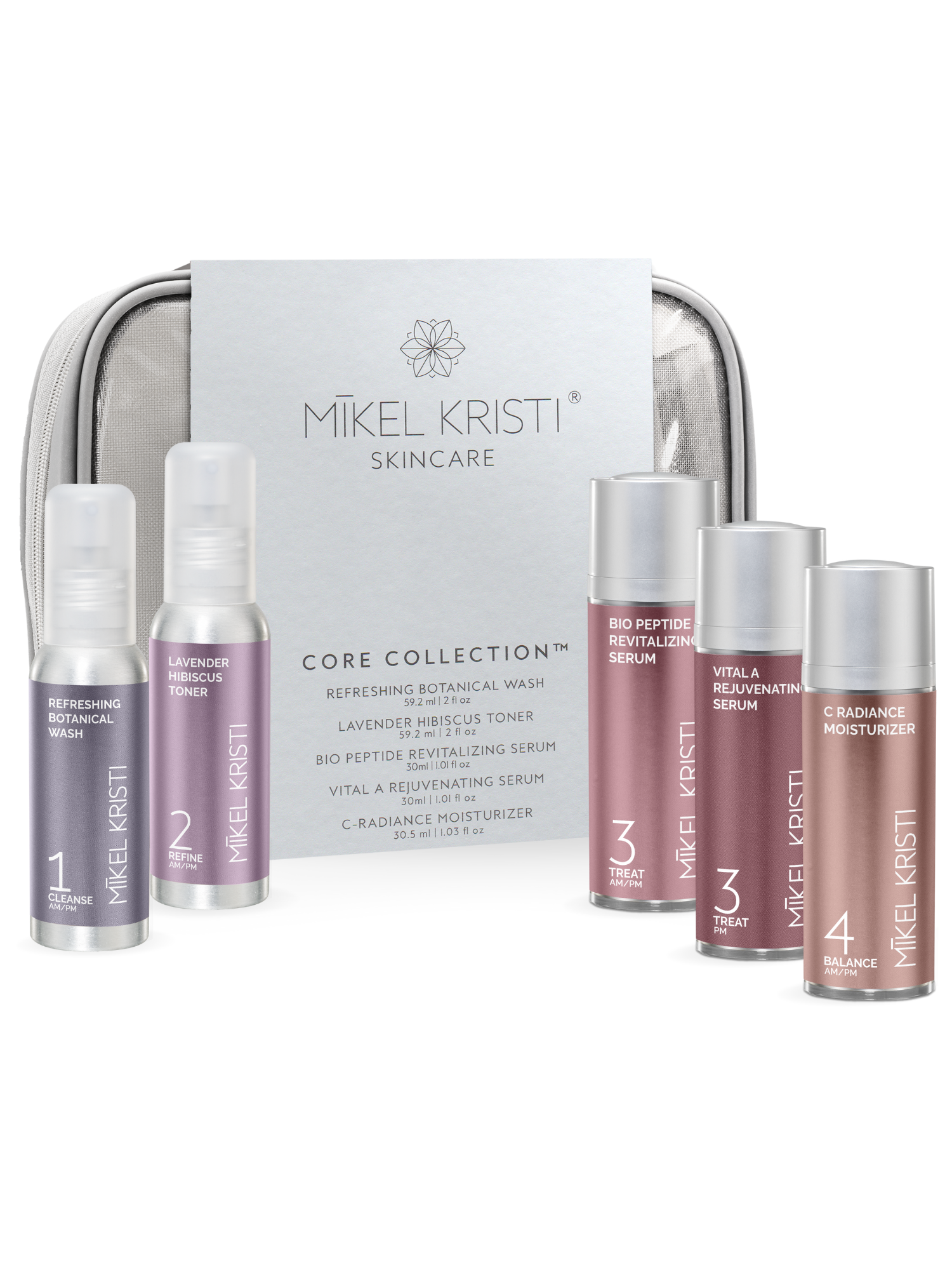
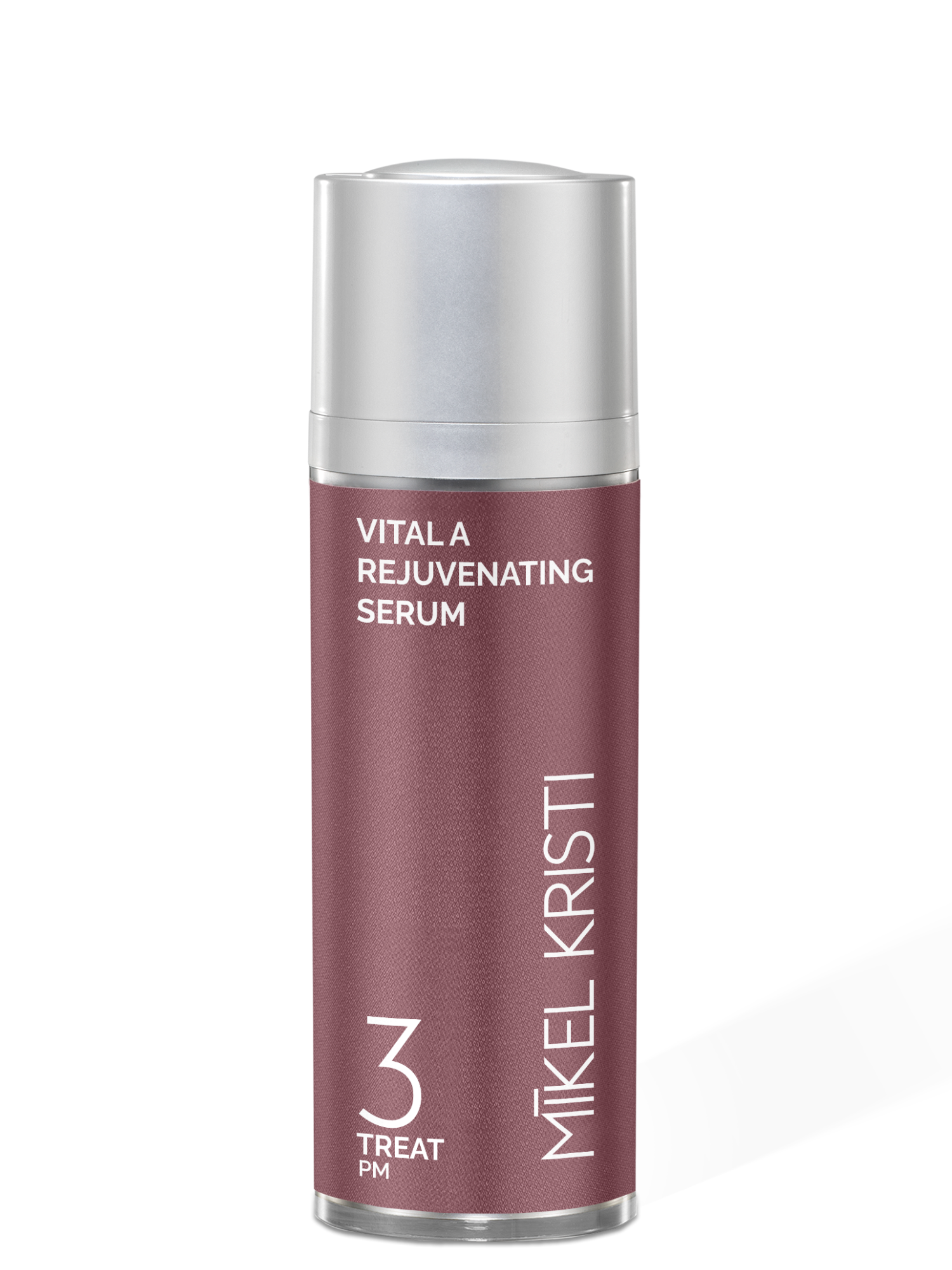
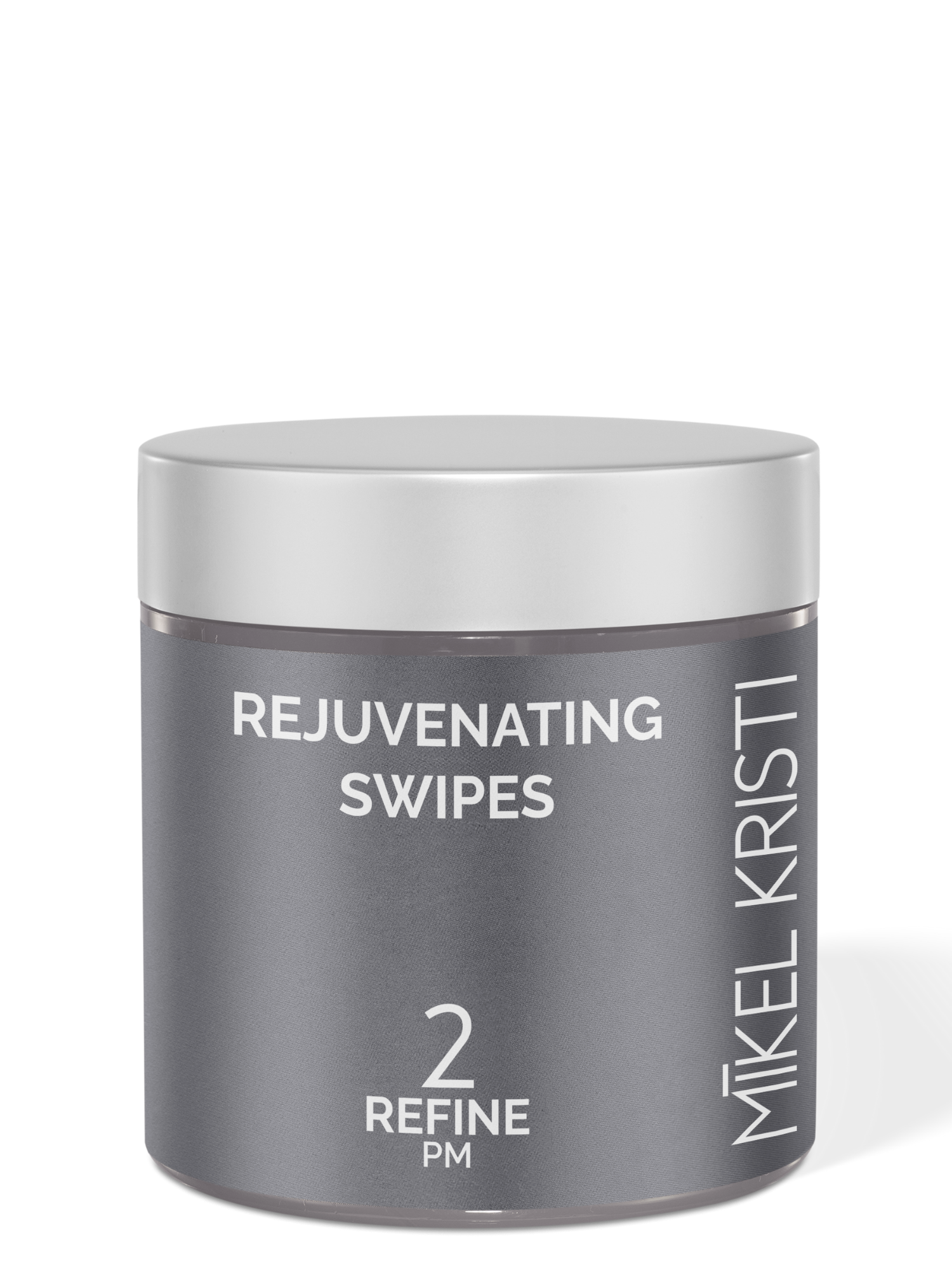
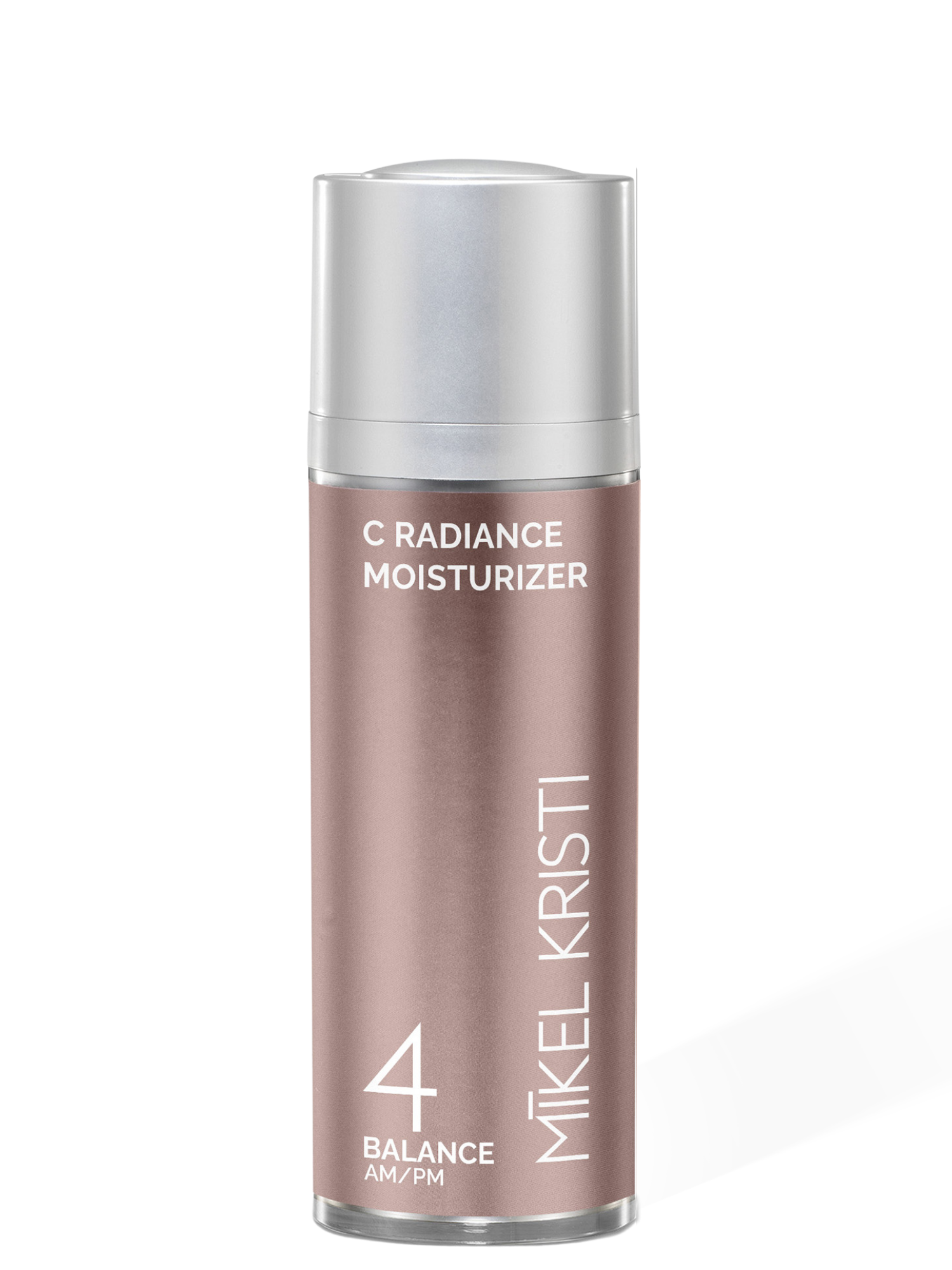


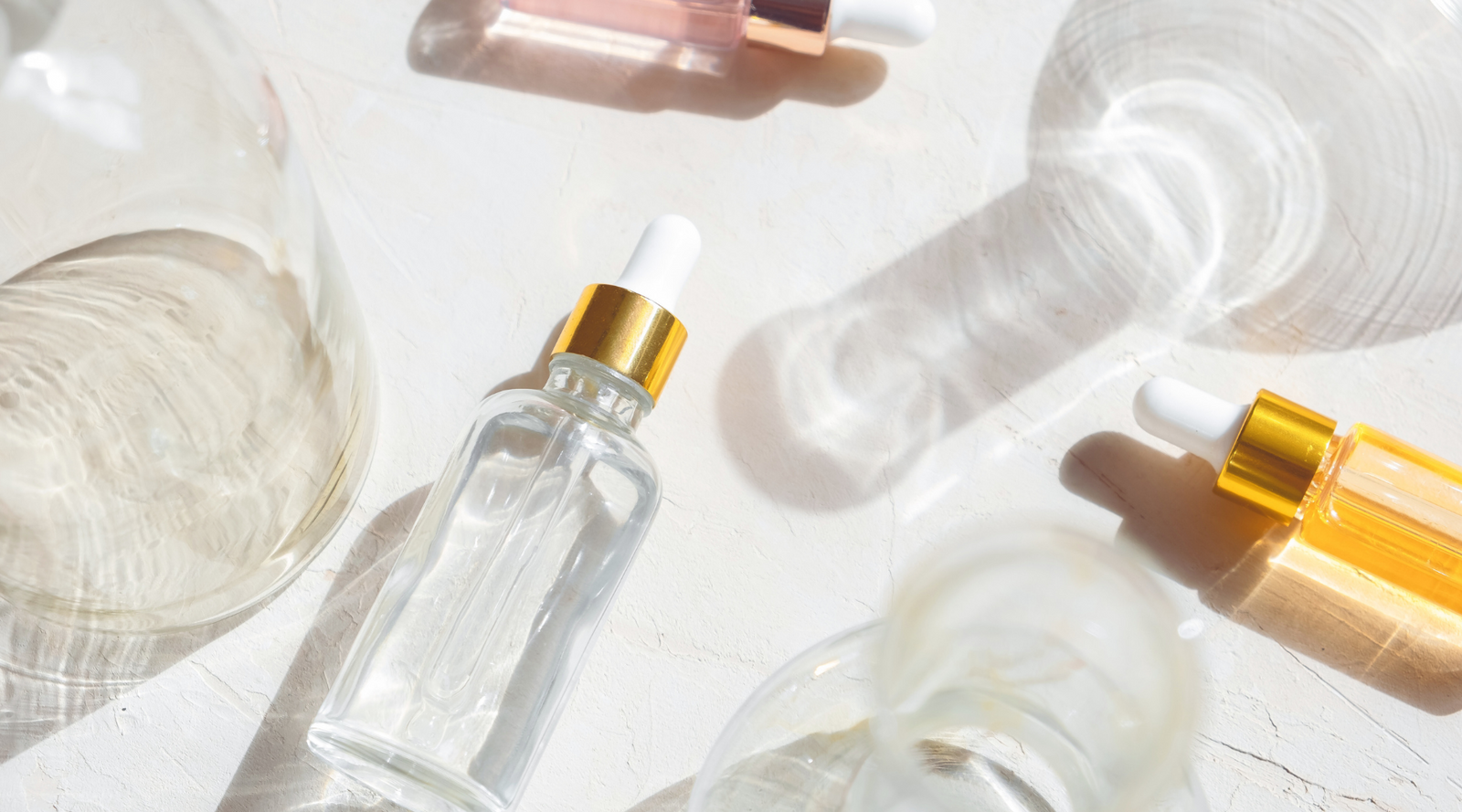

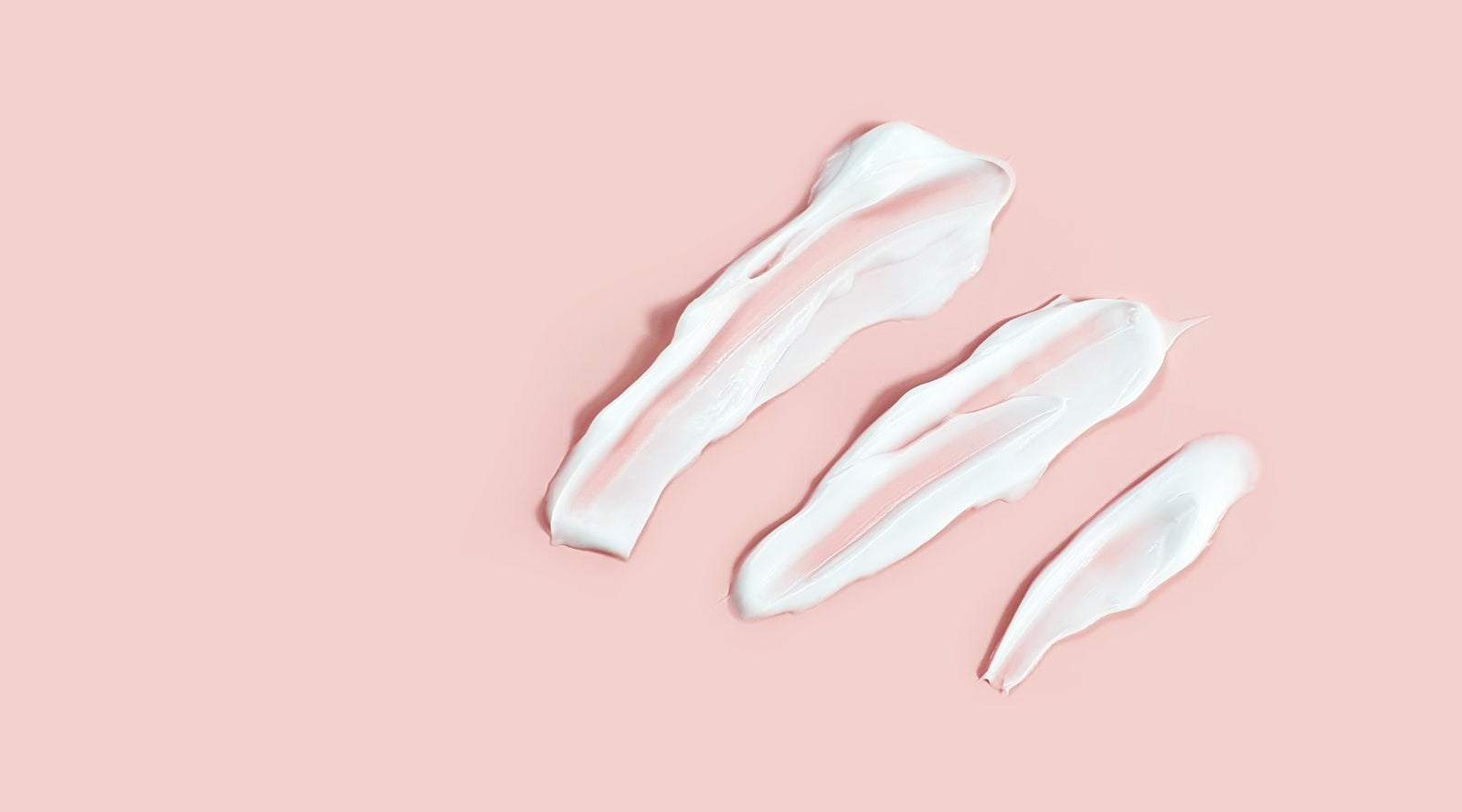

Leave a comment (all fields required)